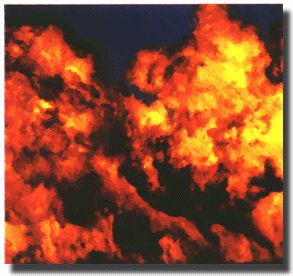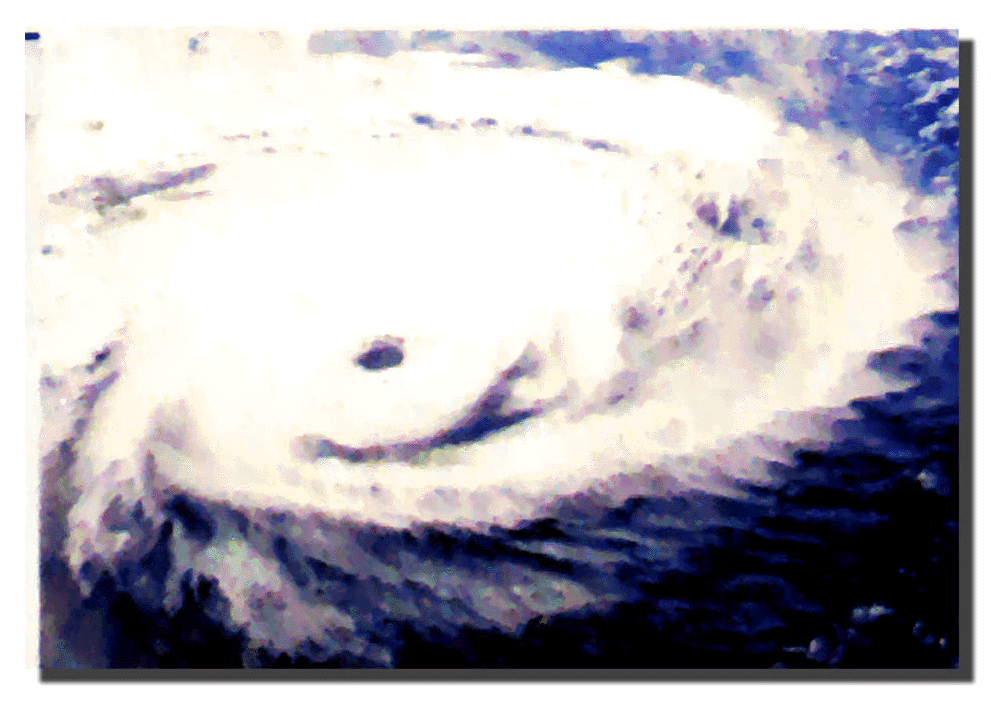|
|
 |
 |
|
Unless you are a seasoned veteran in the window film industry chances are that the "average guy/ gal" doesn't have the slightest idea as to what is tint or what it does, so read on and get some head. |
 |
 |
|
At the end of this session you will know: |
 |
 |
|
In most cases tint falls into either two categories automotive or commercial.
With automotive tint while it helps keep out most of the sun's u.v rays, it does not have the fragment retention properties of commercial or safety film. The reason for this being that safety films are made of different composites and it is much thicker, this is why it isn't advisable to tint a building with automotive film. So tint works by either protecting you from the sun's rays or by keeping shattered glass intact to prevent personal injury or both as in the case or commercial. |
 |
 |
|
What does tint really do? |
|
|
 |
 |
|
The functions of tint depends on whether it is for commercial or automotive use seeing that they are totally different in nature. So we will deal with them separately beginning with Automotive
, the functions being to: |
 |
 |
|
- reduce solar heat.
- save you money on your a/c electric bill.
- reduce blinding glares.
- prevent your interior furnishings from fading & cracking
- keep the glass together in case of breakage.
- enhance the external look of any building
|
 |
 |
|
So how am I protected? |
|
|
 |
 |
|
While automotive provides some measure of protection against glass breakage, Safety/ security films by far provides the most against any number of hazards e.g. industrial explosions, act of
vandalism, natural disasters ( hurricanes, earthquakes), burglaries and smash and grab activities. Safety/ security films
which comes under the commercial heading act as a retainer to hold glass sheets together when they are shattered and in some cases prevent shattering altogether. For instance: |
 |
 |
|
- Let's say
 there is an explosion. The level of force exerted on the glass
structures will cause them to instantly shatter, sending thousands of extremely sharp glass pieces scattering in all directions at bullet like speed. Imagine you are in the direct
path of these shards of glass. there is an explosion. The level of force exerted on the glass
structures will cause them to instantly shatter, sending thousands of extremely sharp glass pieces scattering in all directions at bullet like speed. Imagine you are in the direct
path of these shards of glass.
- You are admiring the glass architecture of a commercial building laden with glass and suddenly an earthquake occurs. With the stress the glass will
shatter. Falling pieces no matter how small falling from 300 ft and more at speeds of 60 mph towards you.
- Your assistant locks up the business for the night. The next day you arrive to see the police, your glass window shattered and thousands of dollars in merchandise stolen.
- A natural disaster is passing through your
 area e.g. a hurricane. hurricanes
have the tendency to hurl missiles such as rocks, bottles and other stuff. imagine your self in front of a window. area e.g. a hurricane. hurricanes
have the tendency to hurl missiles such as rocks, bottles and other stuff. imagine your self in front of a window.
- Your child is running through the house and all of a sudden run smack dab into a glass door or window, which he did not see, why? Because you had
just finished cleaning it. Remember that falling shards of glass can KILL!
|
 |
 |
|
In all of the above cases loss, serious personal injury or even death could have been avoided only if safety/ security window films had been applied to the glass structures. |
 |
 |
|
Why not something else? |
|
|
 |
 |
|
There are other devices that provide excellent forms of protection such as shutters and laminated glass but how these device compare to tint is another story. In that shutters especially the metal
ones are not only expensive but the spaces between the blades can still allow missiles to penetrate also you will suffer from reduced advertisting potential seeing that your products will be hidden from the public when
the shutters are closed. |
|